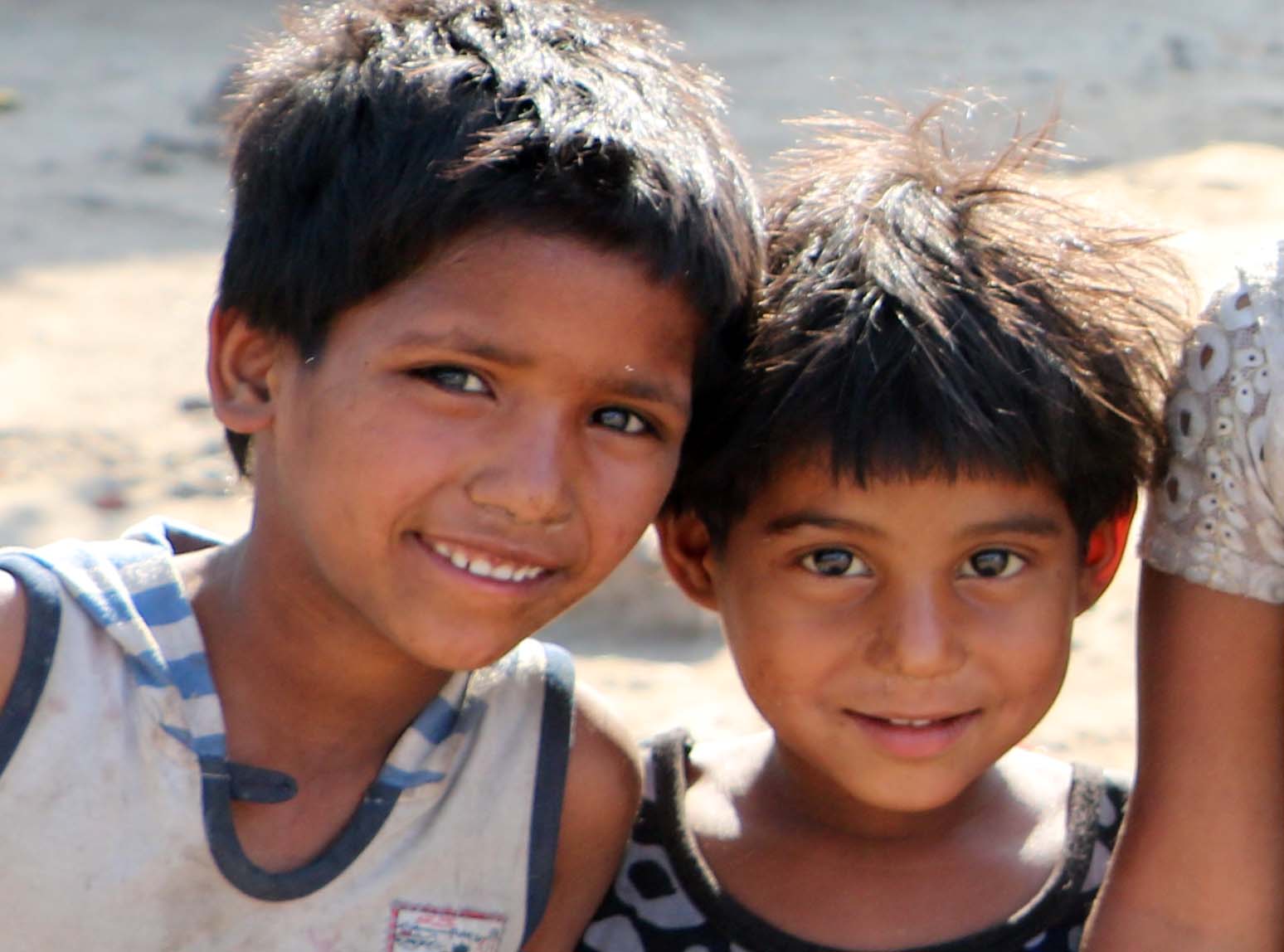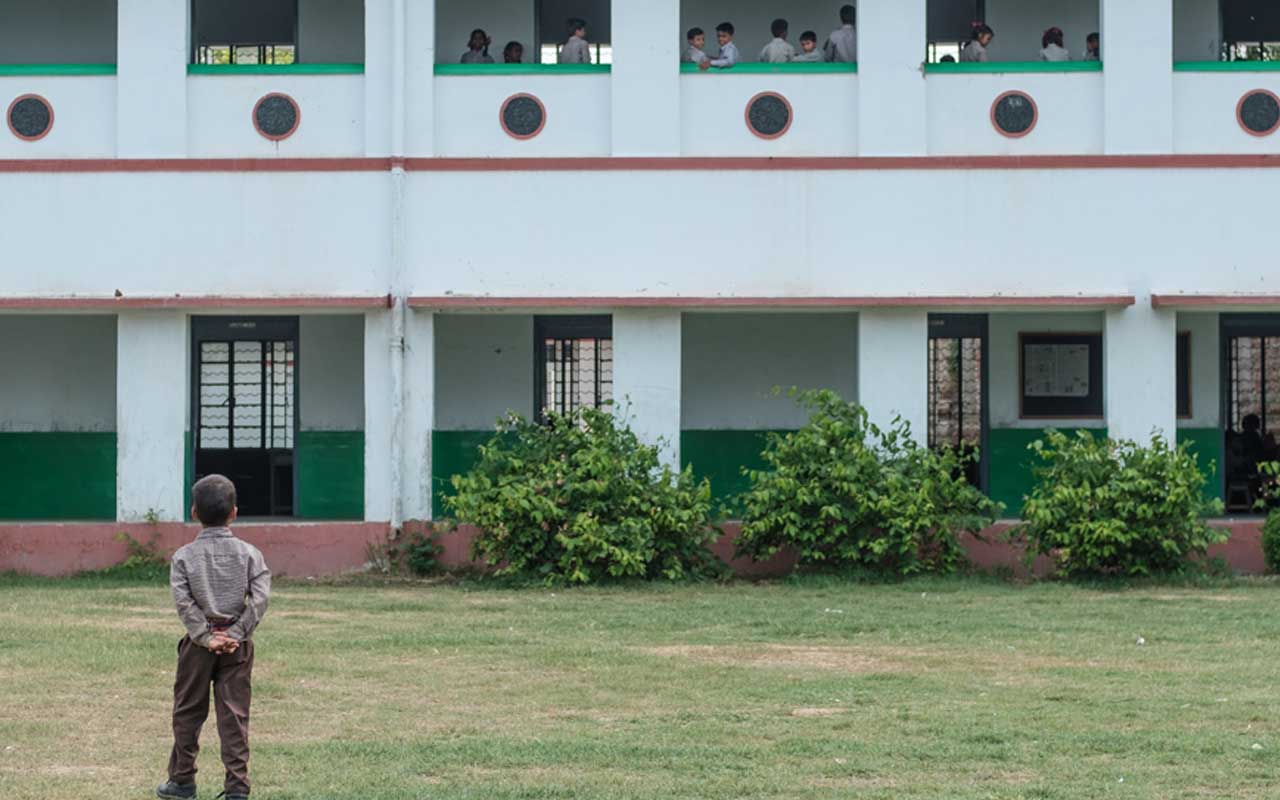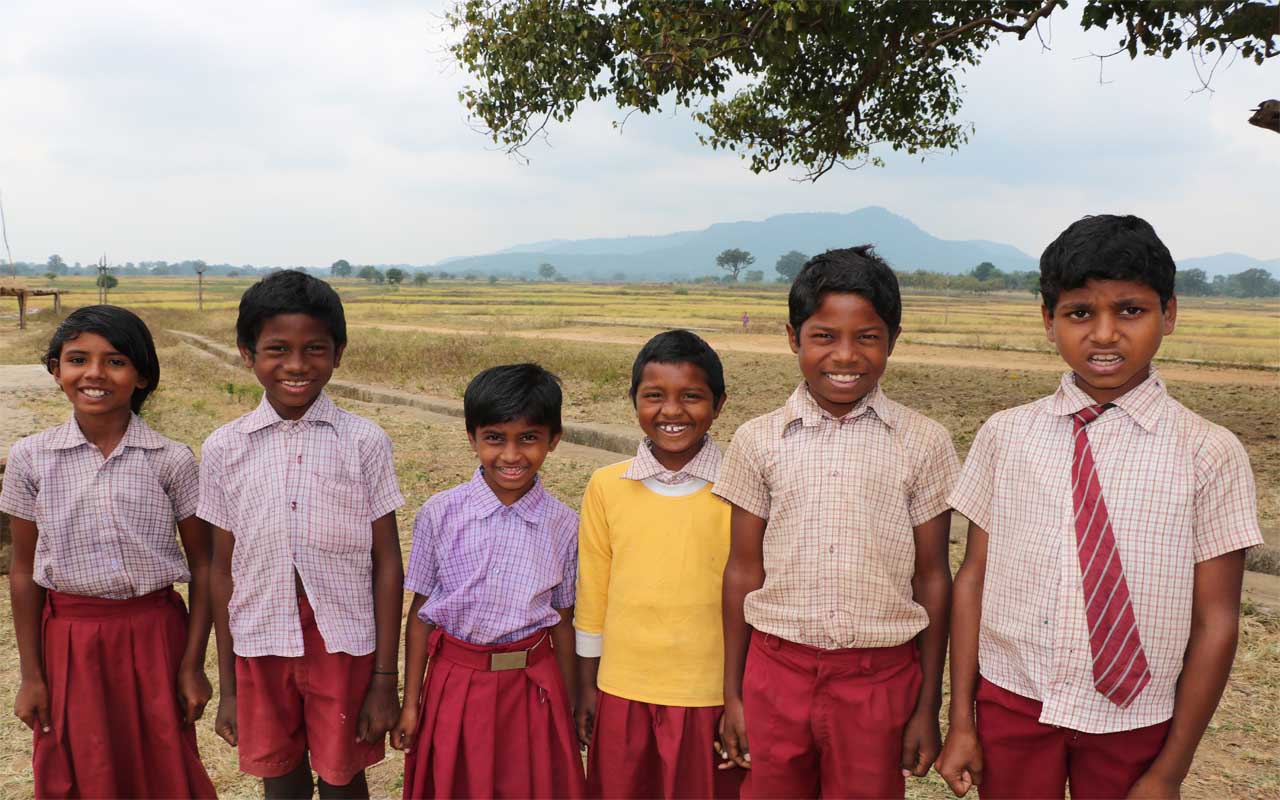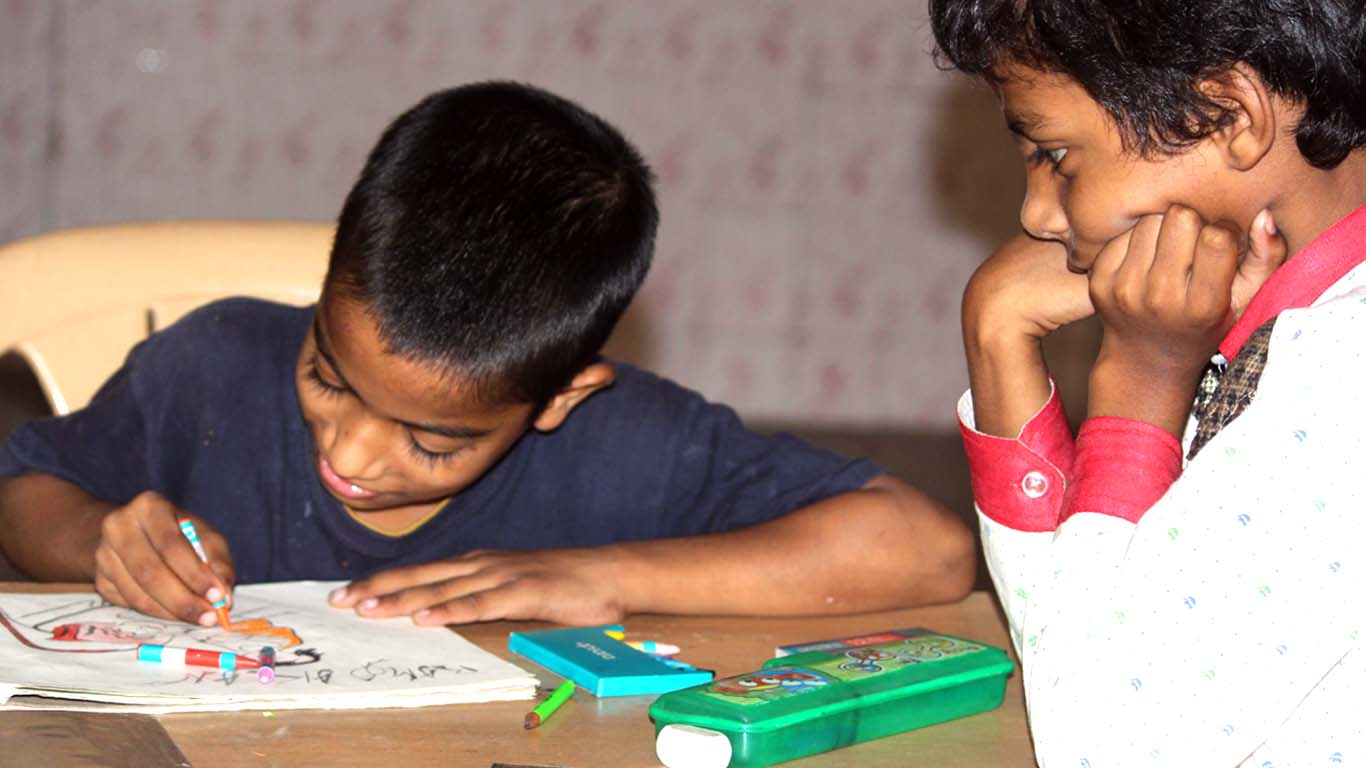
The National capital is home to over 50,000 street children – constituting 0.4 per cent of Delhi’s population and one per cent of the total number of children here– a latest study has claimed. North Delhi has the highest concentration of street children at 10,091 of a total figure of 50,923 estimated to be living in the city.
The study, the first of its kind, on the census of street children in Delhi covering all nine districts of the State, considered three categories of children for their enumeration. The first street-living children, who have run away from their families and lived alone on streets; the second being street-working children, who spend most of their time on the streets but returned home on a regular basis; and the last category is children on street families who lived on the streets with their families.
The study-done between July 12 and August 28, 2010 — has revealed that one out of every five (20.3 per cent) of the street children was involved in rag picking, This was followed by street vending (15.18 per cent), begging (15 per cent), working on road side repair shops (12.19 per cent), dhabas/hotels (6.24 per cent) and those employed in manufacturing units comprise a mere 1.22 per cent.
It is really shocking to know that 50.5 per cent of the street children were not literate. Twenty-three per cent of the children had received some form of non-formal education while almost 20 per cent had received some form of formal education.
Working street children are most vulnerable to exploitation and abuse. Employers force these children to work for long hours, without food, without providing any safety equipment, and for abysmally low wages as the children are not aware of their rights. Worse, studies have shown that boys and girls on the street are particularly vulnerable to sexual abuse by strangers, adult street dwellers and at times by the police too.
Using the census as the listing exercise, a sample survey of street children was done to understand their living conditions. Thirty-nine per cent of the street children slept in slums, 46 per cent in open or public places and only four per cent slept in shelters provided by non-governmental organisations, or the government. Nearly 22 per cent of those surveyed said they used drugs, largely tobacco and pan masala. Only a small percentage of children had access to some form of identity proof. Considering that most street children are from the poorest communities who have largely migrated to urbane centres as a survival strategy, they should be given some identity proof that the government accepts as an entitlement document and allows then get admitted in schools.
-
BONN Child Sponsorship – Itarhi, Bihar
BOSCO Delhi through BONN Child Sponsorship, is rea..

-
BONN Child Sponsorship – Jokbahla, Chhattisgarh
BOSCO Delhi through different sponsorship programs..

-
FRATELLI DIMENTICATI ONLUS Educational Sponsorship
FONDAZIONE FRATELLI DIMENTICATI ONLUS is one of th..

